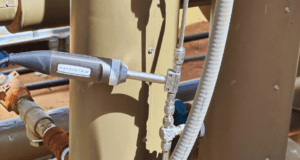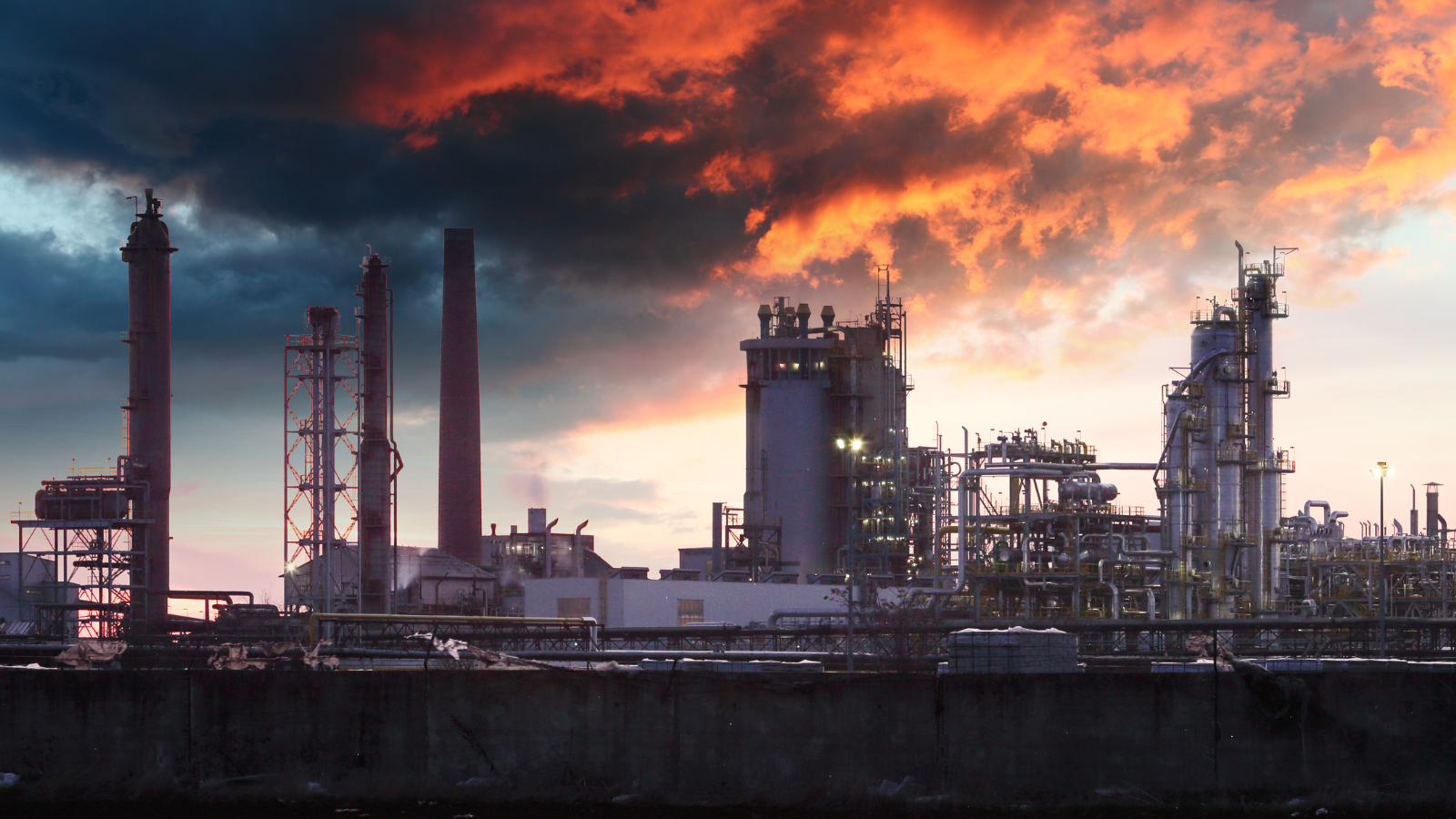Inline Raman measurement is a powerful tool for analyzing natural gas composition in real-time, specifically for the identification and quantification of hydrocarbons and other components. Here are the general steps to use Raman measurement in natural gas analysis:
1. Choose the appropriate Raman instrument: There are several types of Raman instruments available, including handheld, portable, and benchtop models. Choose an instrument that is appropriate for your needs based on factors such as location, sensitivity, accuracy, and ease of use. The MarqMetrix All-In-One system is both portable and available in a C1D2 enclosure, ready to do in-field midstream measurements wherever needed.
2. Install the Raman probe: Install the inline Raman probe directly into the pipeline, ideally in a location that allows for representative sampling of the gas stream. The probe should be securely mounted and positioned to ensure accurate and reliable measurements.

Example of Raman probe set up for inline midstream analysis
3. Set up the Raman system: Set up the Raman system, including the excitation laser, spectrometer, and data acquisition software. The system should be calibrated to ensure accurate measurements. The sample is illuminated, and the filtered scattered Raman photons are dispersed onto an imaging detector.
4. Collect baseline data: Before starting your analysis, collect baseline Raman spectra to establish the typical Raman signature of the natural gas components of interest.
5. Monitor the natural gas stream: During the processing or transportation process, collect Raman spectra at regular intervals using the inline probe. Monitor the changes in the Raman signature over time to track the composition of the natural gas stream and to detect any issues.
6. Analyze the spectra: Analyze the Raman spectra data using appropriate software or algorithms to extract the desired information about the gas composition, such as methane, ethane, propane, and butane.
7. Compare the data: Compare the data obtained from the Raman measurement with the expected composition of the natural gas. This can be done using industry standards or previous gas analysis data.
8. Take corrective action: Use the information obtained from the Raman measurement to take corrective action as needed to ensure the natural gas meets the desired composition specifications.
In summary, the use of inline Raman measurement in natural gas analysis involves installing an inline Raman probe into the natural gas pipeline or tank, collecting, and analyzing Raman spectra data during the natural gas processing or transportation process, and using this information to monitor and optimize the natural gas composition.
For information on how to add inline Raman to downstream oil & gas process, click here.




